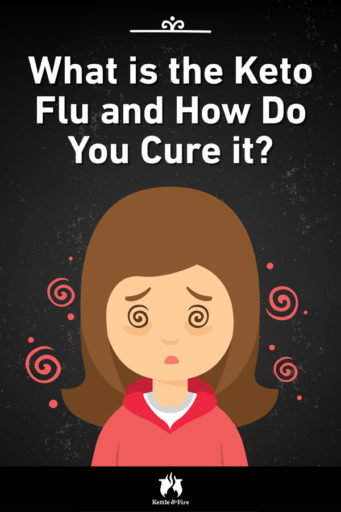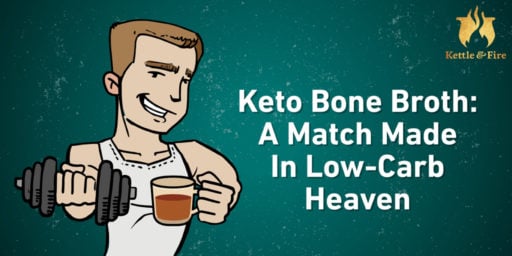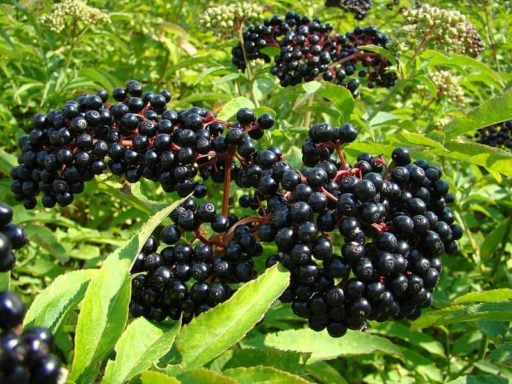What Is the Keto Flu and How Do You Cure it?

The keto flu: Yes, it’s a real thing.
And it can happen when you drastically and suddenly remove carbs from your diet.
Also known as the “carb flu,” the keto flu is a natural reaction (almost like a feeling of withdrawal) your body undergoes when switching from burning glucose (sugar) as energy to burning fat instead.
In fact, some people say the keto flu symptoms can actually feel similar to withdrawing from an addictive substance.
If you’ve recently switched to the keto diet and you’re feeling:
- drowsy,
- achy,
- nauseous,
- dizzy,
- and irritable,
don’t worry.
These symptoms are your body’s natural reaction to removing carbs from your diet, and while it may have you second guessing your keto diet decision, we promise you these keto flu symptoms will pass.
Stick with it, and soon you’ll be reaping the energizing, fat-burning rewards that come with ketosis.
In the meantime, there are many things you can do to reduce the symptoms of the keto flu.
We’ll tell you exactly which remedies you can start using today, but first, let’s take a quick look at why the keto flu happens when you go low carb.
Why The Keto Flu Happens

By default, your body burns glucose (carbs) as its primary energy source, but when you switch to an extremely low carb diet, your body will begin to burn fatty acids for energy instead. Fat is your body’s secondary or “backup” fuel source, which can only be tapped when there’s not enough glucose in your diet. When your body begins burning fat as fuel instead of carbs, you’ve entered the metabolic state known as ketosis (1).
This manipulation of your metabolism yields endless health benefits, and is the whole premise behind the ketogenic diet. If you’d like to learn more, we go into much more detail about ketosis and how it works in our Ketogenic Diet Mastery Guide.
Here’s a list of symptoms that you may experience during the initial transition to the low carb ketogenic diet:
Symptoms of the Keto Flu
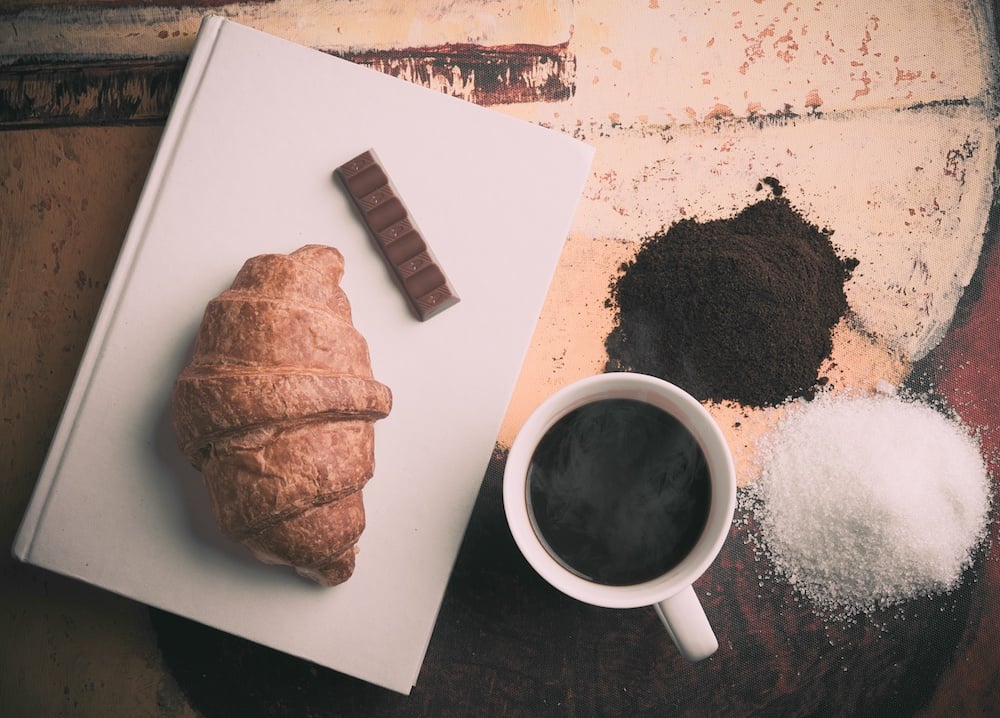
- Sugar cravings
- Dizziness
- Brain fog
- Irritability
- Poor focus and concentration
- Stomach pains
- Nausea
- Cramping
- Confusion
- Muscle soreness
- Difficulty falling asleep
How Long Does the Keto Flu Last?
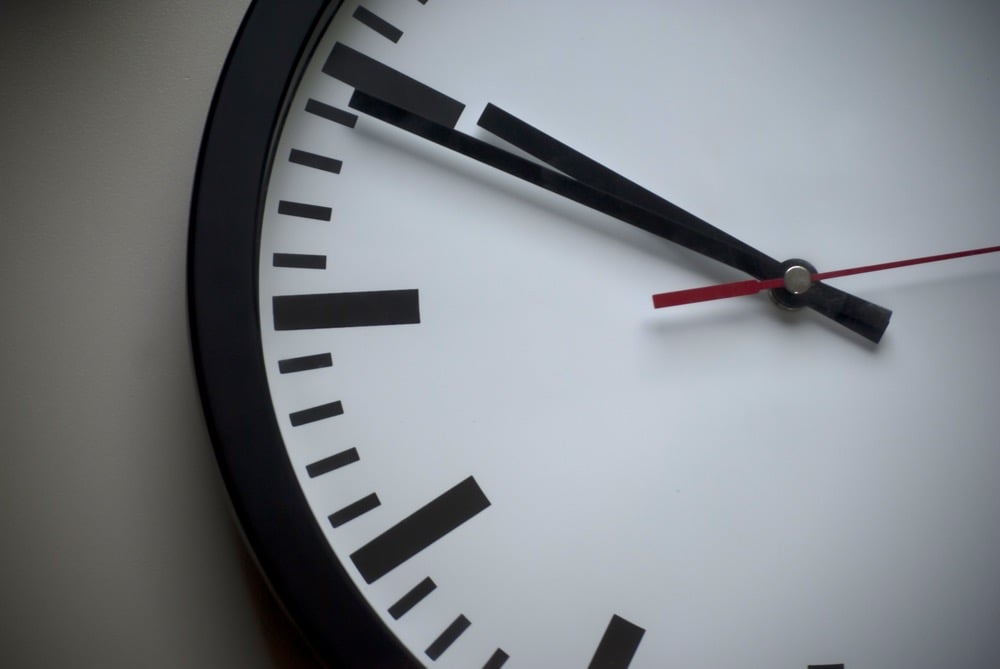 For the average person, the keto flu lasts a week or less, and symptoms usually begin within the first day or two of removing carbs. In extreme cases, the keto flu can last up to a month, but that’s not as common.
For the average person, the keto flu lasts a week or less, and symptoms usually begin within the first day or two of removing carbs. In extreme cases, the keto flu can last up to a month, but that’s not as common.
If you’re used to eating a diet high in refined sugar and processed foods, you’re more likely to experience the “withdrawal” symptoms of removing carbs. Studies show that sugar is more addictive than certain drugs (2).
If your diet is relatively low in processed sugars and starches, you may only encounter mild keto flu symptoms, or none at all.
Not everyone experiences the keto flu, even when switching from diets high in carbs and sugar. Whether or not you experience the keto flu can depend on your genetics. Some people are naturally metabolically flexible, which means they can shift metabolic states easily without experiencing health symptoms.
However, if you are experiencing the effects of the keto flu, here’s what you can do to reduce your symptoms (and how to prevent symptoms if you’re currently considering going low carb).
How to Manage Keto Flu Symptoms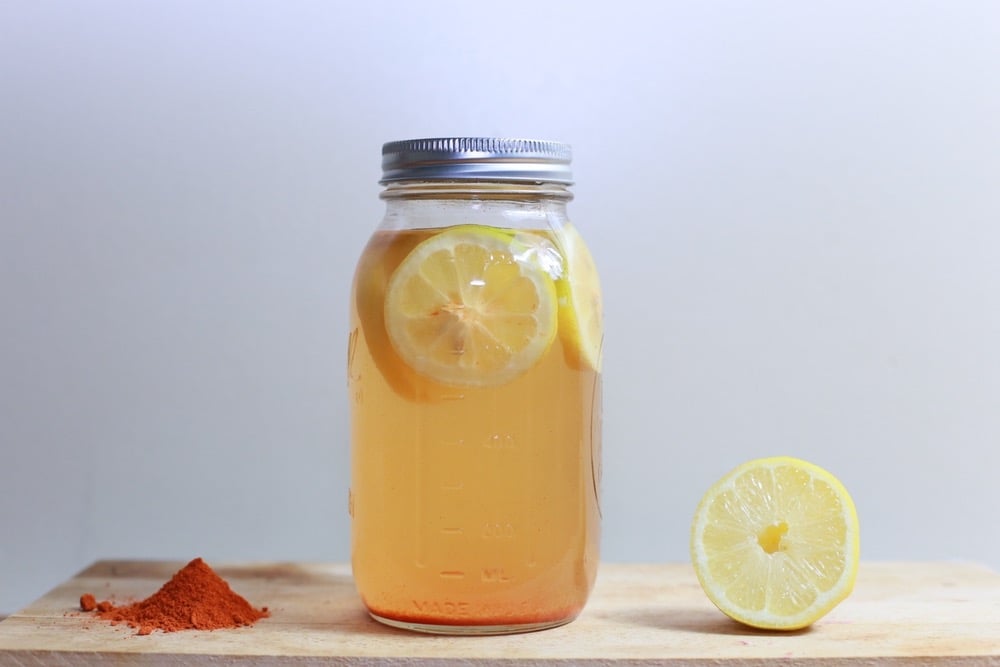
1. Take an Electrolyte Supplement
When you switch to an extremely low carb ketogenic diet, you end up cutting out some of the richest natural sources of electrolytes, such as starchy fruit and vegetables.
Not getting enough electrolytes in your diet can lead to fatigue, irritability, dizziness, muscle cramping, and cognitive symptoms such as confusion (3)(4). Low electrolytes play a big role in the onset of keto flu symptoms.
One way to get more electrolytes in your diet without kicking your body out of ketosis is to take an electrolyte supplement at least once per day. If you’re active, you’ll also want to make sure you’re taking electrolytes after you work out to prevent muscle cramps and dehydration.
You’ll want to make sure your electrolyte supplement is keto friendly, meaning it has no sugar or artificial sweeteners added (zero calorie sweeteners like stevia and xylitol are fine). Look for an electrolyte supplement that contains sodium, potassium, calcium, and magnesium.
As for electrolyte sports drinks, they typically contain processed sugar in some form, like glucose syrup or high fructose corn syrup. Avoid these by making your own keto-friendly sports drink at home using 1 cup of water, 1 teaspoon of mineral sea salt, and freshly squeezed lemon or lime juice.
2. Hydrate
When you have the keto flu, it’s not only important to make sure you’re getting plenty of electrolytes, but fluids in general.
Staying hydrated will help relieve headaches and boost your energy levels when you’re feeling sluggish. If you forget to drink enough water during the day, setting an alarm on your phone can help you remember, as well as keeping a full glass or bottle of water within reach at all times.
Not sure how much water you need? Follow this simple equation:
Take your current body weight and divide it by two to determine the minimum ounces of water you need (plus extra if you’re active). For example, if you weigh 150 pounds, you need at least 75 ounces of water each day.
3. Drink Bone Broth
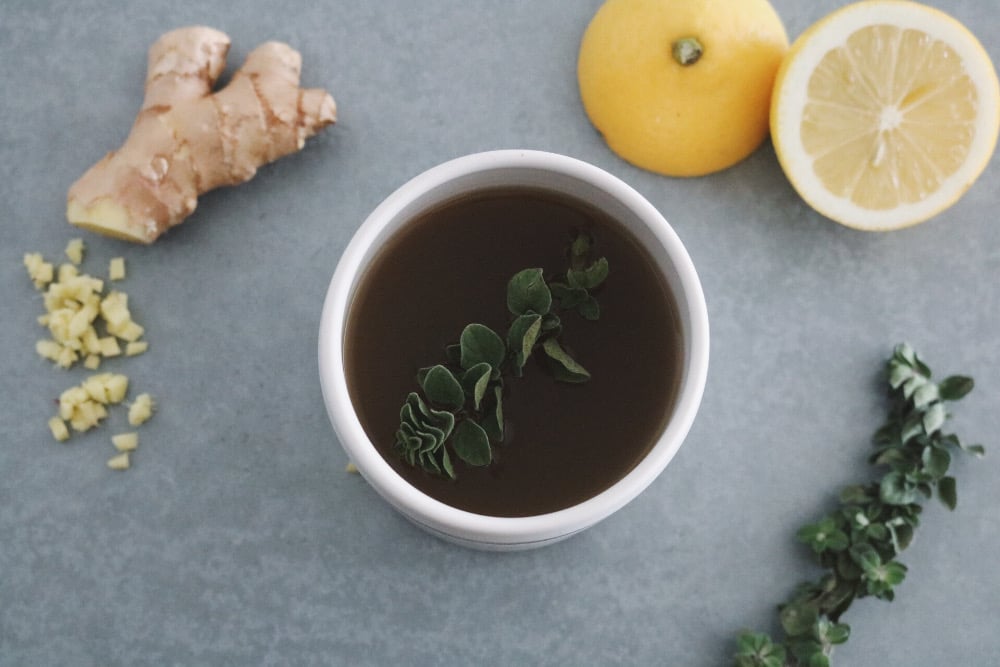
Speaking of hydration, meet the ultimate keto flu recovery remedy: bone broth.
Rather than going for the carb-loaded chicken noodle soup (or store-bought chicken broth, which can be high in MSG and other additives), give bone broth a try to help alleviate your symptoms. Bone broth is an easy way to sneak more water into your diet and it also provides electrolytes, such as sodium and potassium.
Both varieties of Kettle and Fire Bone Broth fit into the keto diet macros nicely.
Kettle and Fire Chicken Bone Broth contains 10 grams of protein, 1 gram of fat, and 0 carbs per serving.
Kettle and Fire Beef Bone Broth contains 6 grams of protein, 0 grams of fat, and 2 grams of carbs per serving.
Note: These nutritional values of bone broth are specific to Kettle and Fire. Based on ingredients, the macros can vary for other store bought brands or homemade broth.
4. Eat More Fat
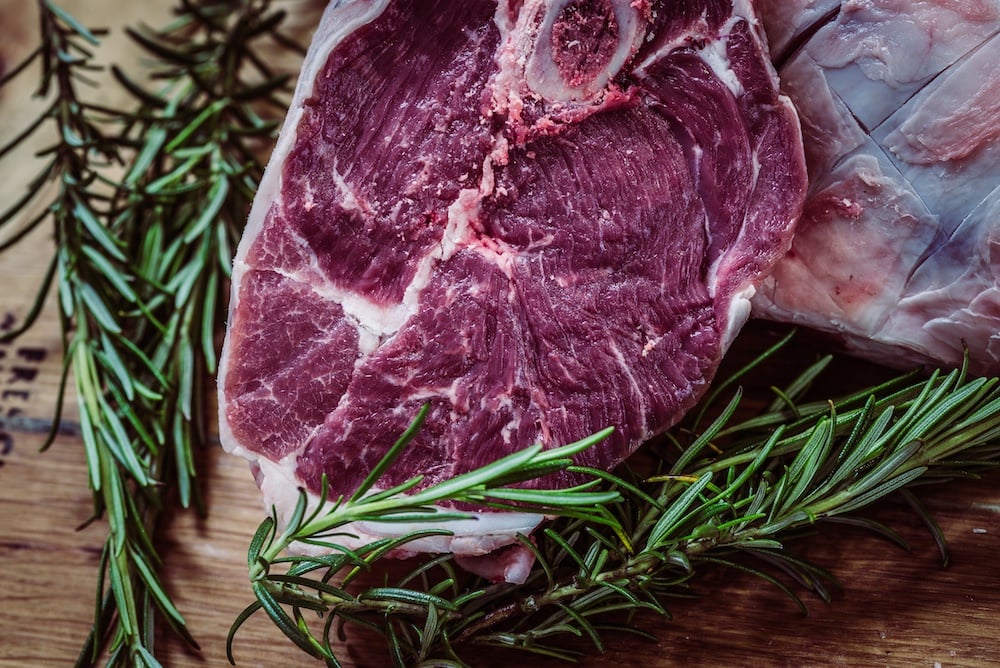
If your carb cravings are so intense, you’ve begun to dream of buttered rolls, donuts, and pasta, do the opposite of what your body is asking for and eat more fat instead.
Yes, ramping up your fat consumption can help speed up the transition of burning fat for fuel instead of glucose. Have a tablespoon of coconut oil in your coffee or tea, snack on half of an avocado and some bacon, and load up on egg yolks at dinner before you reach for the carbs, and remember: the keto flu too shall pass (and the benefits that follow ketosis will be totally worth it in the end).
5. Take an Exogenous Ketone Supplement
Taking an exogenous ketone supplement, such as Perfect Keto can also help reduce keto flu symptoms. Exogenous ketones help fight fatigue and boost energy levels by raising the ketone levels in your blood. To be clear, ketone supplements aren’t a replacement for the keto diet, but they can help you stay in ketosis when you’re meeting your macros, and provide all day energy.
6. Check Your Carb Consumption (You May Need a Few More)
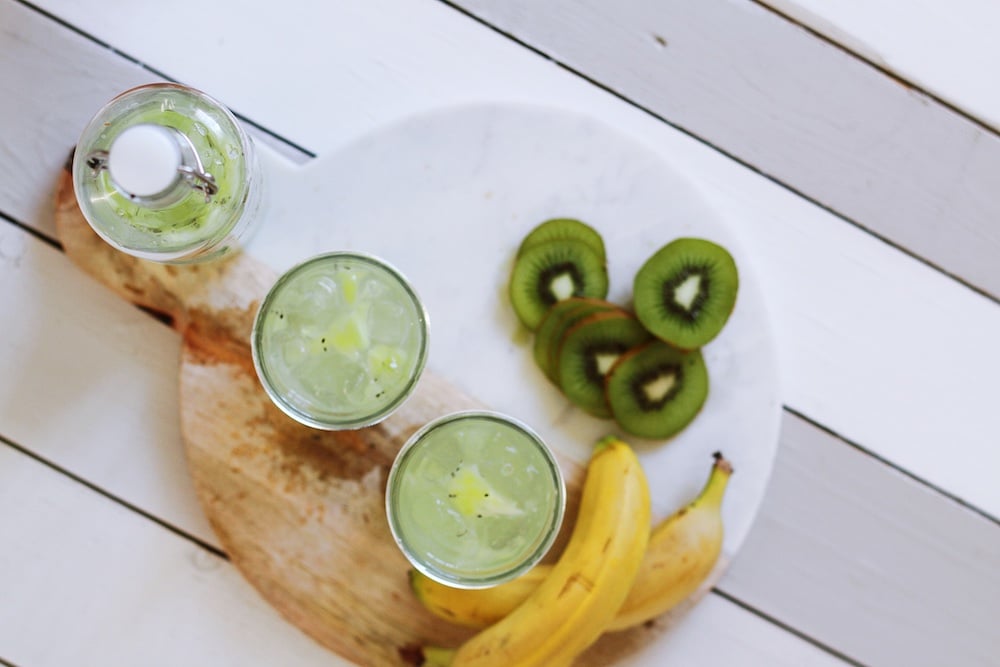
We’ve just told you to eat more fat, but now we’re telling you to eat more carbs? How does that work?
There are two scenarios when you may need to increase your carb intake on the keto diet.
1. High Activity Levels: If you’re extremely active and have keto flu symptoms, adding a few more “clean” carbs to your meals (such as 1/2 cup of sweet potatoes, 1/2 a banana in your protein shake, etc.) can help relieve symptoms in the transition phase.
2. Former Carb-Rich Diet: If the keto flu is hitting you hard and you had a carb rich diet before going keto (especially with processed carbs and sugar), you may need to take a few steps back and eliminate carbs gradually rather than all at once.
Before you add extra carbs to your diet, we recommend going back to step four and increasing fat first. If you experience no relief, do a mini transition phase between your normal diet and going low carb. This gradual transition phase will look different for everyone depending on how many carbs you were consuming on a daily basis.
The best starting point for a transition phase is to eliminate all processed carbs and grains, and focus on getting your carbs only from starchy fruit and vegetables. You can slowly phase out carbs each day by reducing the amount you’re eating at each meal until eventually, carbs will only be 5% of your daily keto diet food list, which is when your body can enter ketosis.
7. Gentle Exercise
We get it: the last thing you’re thinking of when you have aching muscles and nausea is going for a brisk jog in the park. But gentle exercise, such as a restorative yoga class, can actually help relieve muscle pain and tension and release endorphins to help boost your mood and motivation.
8. Get Plenty of Restful Sleep
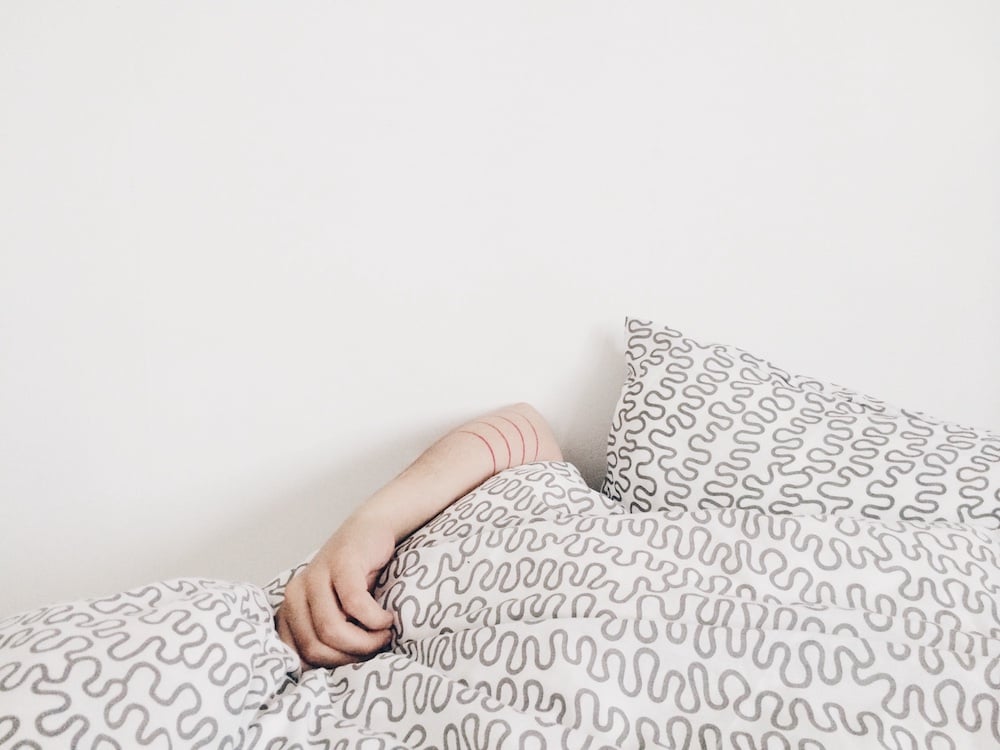
The keto flu affects everyone differently. If you have difficulty falling asleep or getting restful sleep, try these tips to sleep soundly.
Take an epsom salt bath: Soaking in a warm epsom salt bath can help soothe and relax your muscles and improve electrolyte absorption. Magnesium (epsom) salts can be found at any grocery store or health food store.
Drink sleepytime tea: A keto friendly herbal tea with a blend of herbs that promote restful sleep (such as valerian root and chamomile) have a calming effect on your nervous system, and can help promote deeper sleep.
Have an electronics curfew: According to Harvard University, the blue light from tablets, laptops, and smartphones can seriously interfere with your circadian rhythm, and make it difficult for you to fall asleep (6). Having an electronics curfew (ideally at least two hours before you go to bed) is an excellent way to improve your sleep quality. Why not replace the nightly Instagram, Facebook, and email-checking time with a bedtime ritual that helps you relax and unwind?
An epsom salt bath with a cup of keto sleepy time tea is a great starting point. You could also try a guided meditation for relaxation, and a few soothing yoga poses (our favorite is putting your legs up the wall).
The keto flu may be a downside to starting a keto diet, but it’s the only disadvantage. Once your body is used to ketosis, you’ll be amazed at the limitless energy you have, the fat loss you see, and how good you feel on a daily basis.
Pin for later:
